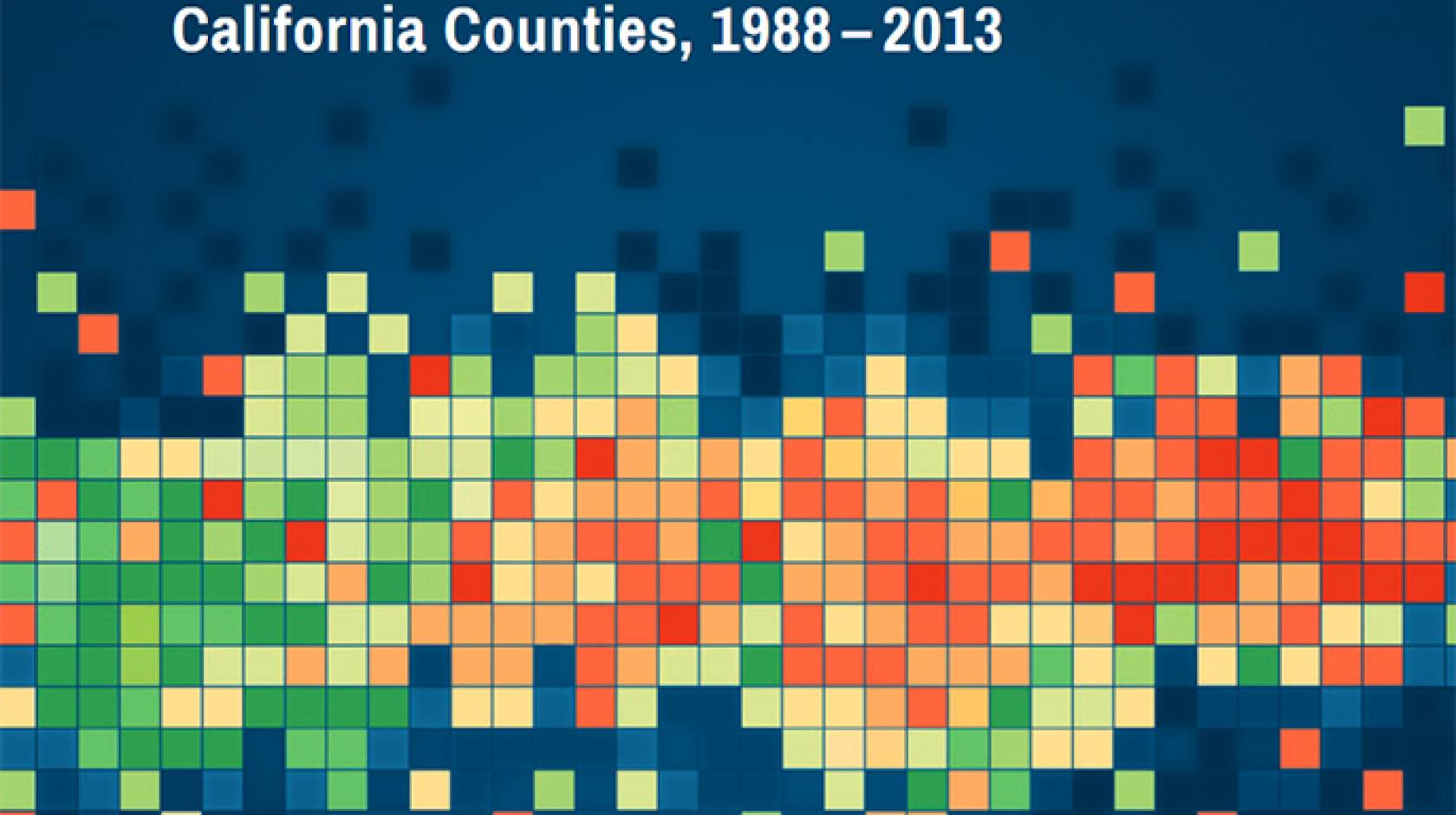Carole Gan, UC Davis

A new report from the UC Davis Institute for Population Health Improvement (IPHI) shows the impact of cancer screening over the past 15 years, identifying areas where increased screening and other cancer-control efforts would save lives and significantly benefit population health.
“We have effective screening tests for several cancers, which allow physicians and other health-care providers to identify the disease at an earlier stage – often before symptoms surface – when treatment is more likely to result in a cure,” said senior author of the report and IPHI Director Kenneth W. Kizer. “However, too many Californians are not getting screened and, as a result, many persons are not being diagnosed until their cancers have progressed to an advanced stage.
“With cancer now surpassing heart disease as the leading cause of death in California and 22 other states, we need to increase cancer screening efforts to save lives,” he said.
IPHI’s California Cancer Reporting and Epidemiologic Surveillance (CalCARES) Program works in partnership with the California Department of Public Health to manage the day-to-day operations of the California Cancer Registry (CCR), the state mandated population-based cancer surveillance system. CalCARES researchers routinely review cancer registry data to monitor cancer incidence and mortality trends and identify opportunities to improve cancer-control efforts and reduce the occurrence of cancer.
For their latest report, CalCARES researchers reviewed statewide data from 1999 through 2013 to identify trends in the diagnosis of advanced cancers of the breast, colon and rectum, cervix, prostate, skin, and oral cavity and pharynx -- six sites of cancer for which effective screening methods exist. Some of these screening methods include visual inspection or procedures such as mammography, Pap smears, colonoscopy, fecal occult blood tests and prostate-specific antigen testing.
“Showing where in California cancer is being diagnosed after it has spread beyond a localized site shows where lives can be saved through improved screening,” Kizer said.
The report found that in California overall, late-stage diagnoses for cervical, prostate and oropharyngeal cancers significantly increased, but significantly decreased for breast cancer. Diagnosis of late-stage colorectal cancer and melanoma (a form of skin cancer) remained relatively constant. For each of these cancer sites, the researchers calculated important regional and county differences in advanced stage of diagnosis, which takes into account the growth and size of the tumor and whether it has spread to the lymph nodes or other organs.
Trends in advanced cancer diagnoses by cancer type
- Cervical cancer: Advanced cancer diagnoses increased statewide, with the highest percentage of late-stage diagnoses in the Central Valley region, followed by the Sacramento and Northern California regions. In the most populated regions of the state, Los Angeles-Orange, San Francisco Bay Area and Scan Diego-Imperial, late-stage diagnoses remained relatively steady. In the San Francisco Bay Area, for example, nearly 50 percent of cases were diagnosed at a late stage in 2013. Only El Dorado county and the High Sierra region saw a significant decrease.
- Prostate cancer: Advanced cancer diagnoses increased statewide, especially in Los Angeles-Orange, Central Valley and Sacramento regions, and in Kern, Imperial, Del Norte-Humboldt, Lake and Siskiyou-Trinity counties, where incidence has been persistently high in recent years. Only Napa and Monterey counties saw significantly decreasing percentages of advanced prostate cancer diagnoses in the study period. Since the late 1990s, San Francisco Bay Area has consistently had the lowest percentage of advanced-stage diagnoses for prostate cancer.
- Oropharyngeal cancers (cancers of the lip, tongue, floor of mouth, gingiva (gums), mucosa, throat and tonsils): Advanced cancer diagnoses increased in Los Angeles-Orange, San Francisco Bay Area, Central Valley, San Diego-Imperial and Sacramento regions. No counties had decreasing trends.
- Female breast cancer: There has been a progression towards early diagnosis of breast cancer statewide, especially in San Francisco Bay Area, Sacramento, San Diego and the High Sierra regions, but pockets of late-stage diagnoses persist in Del Norte-Humboldt and in San Bernardino, Kern, Merced and Kings counties, which had the highest proportion of advanced breast cancers diagnoses in the state.
- Colorectal cancers: Advanced cancer diagnoses increased in San Diego-Imperial and Northern California counties, decreased in the San Francisco Bay Area, Inland Empire and Central Valley regions, and remained unchanged and persistently high in Sacramento, Placer, Mendocino, Lake, Lassen-Modoc-Plumas and Santa Cruz counties over time. Counties with worsening trends include Santa Barbara, Sonoma, Butte and Sutter.
- Melanoma: Advanced cancer diagnoses decreased in San Francisco Bay Area and Central Coast Counties and increased in Sacramento, the High Sierra and Los Angeles County regions.
IPHI researchers calculated the percent of cases diagnosed at an advanced stage for each cancer type and each county or region by dividing the number of advanced stage cases by the total number of cases for each year. The range of percentages were divided into eight color-coded categories, or heat maps, to indicate a decreasing trend (green tones) an increasing trend (red tones). Counties with fewer than 15 cases were excluded from the county analysis but were included in the regional and state calculations.
Two other recent studies by CalCARES investigators have shown a particularly large need for increased screening for colorectal cancer among Hispanic men in California and a need for greater use of gene expression profile testing for women with early stage breast cancer, especially among women with Medi-Cal health insurance.

